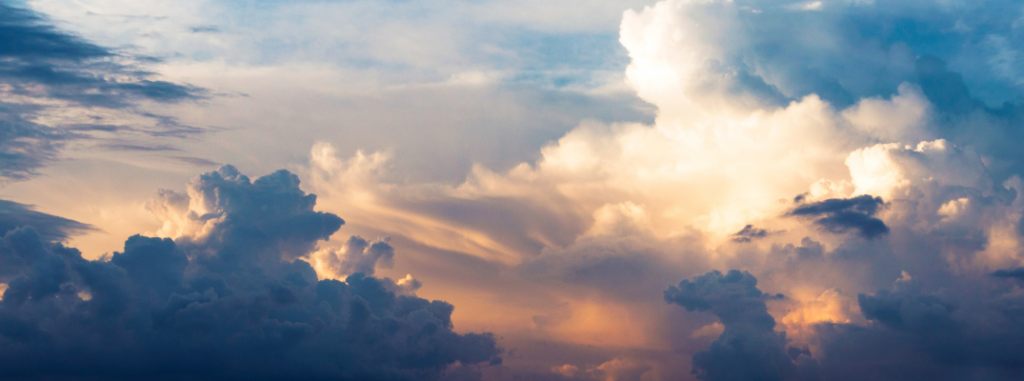The past three months have been laced with tales of disastrous storms occurring in various quarters of the world. On 5th September, Hurricane Florence hit the Carolinas (North and South) coasts in the US and lasted for about two weeks. It eventually peaked a Category 4 hurricane with sustained winds of 140 mph that eventually led to deaths of 53 people and an estimated loss of $16.7 billion. In the same period, a deadly storm, Typhoon Mangkhut hit the Asian countries of Philippines and Hong Kong in what has been described as the ‘strongest storm in 2018’. A category 5 storm with winds peaking 150 mph, Mangkhut led to the death of at least 81 people in the Philippines. In October 10, Hurricane Michael once again hit some states in the United States as well as some Central American countries that eventually led to deaths of 60 people with a loss of about $11.28 billion. The damaging effect of these monstrous storms are not only felt in terms of social and economic losses but also present huge challenges for urban planning as post-disaster reconstruction can span several months.
What are Hurricanes?
The National Aeronautics and Space Administration (NASA) define hurricanes as large, swirling storms that can produce winds of 74 mph or higher that starts initially like a tropical disturbance (1). It is not exactly clear how hurricanes are formed but scientist agrees that there are two ingredients needed to form the hurricane, they are warm water and winds. Warm ocean water or water vapour usually 26 degrees Celsius or above provides the energy for the steady winds to turn to storms causing hurricane. Five categories of Hurricanes are known which is determined based on the scale /speed of the winds. They are:
Category 1: Winds 119-153 km/hr (74-95 mph) – faster than a cheetah
Category 2: Winds 154-177 km/hr (96-110 mph) – as fast or faster than a baseball pitcher’s fastball
Category 3: Winds 178-208 km/hr (111-129 mph) – similar, or close, to the serving speed of many professional tennis players
Category 4: Winds 209-251 km/hr (130-156 mph) – faster than the world’s fastest rollercoaster
Category 5: Winds more than 252 km/hr (157 mph) – similar, or close, to the speed of some high-speed trains
The destructive effects of each of the categories are also higher with increasing classes of the storm as Category 5 is the severest.

Is there a Nexus?
It is not exactly clear whether climate change can increase the frequency of hurricanes but scientist agrees that climate change often influence the intensity and impacts of storms. Analysis of storms over half a century suggest that while the frequency of storms have remained constant at about 90 occurring around the globe each year, the magnitude and impact of the storms in recent times have been higher. For instance, since mid-1970’s the number of storms that reach category 4 and 5 have doubled (2). Can this intensity of storms be linked to the observed increasing temperatures across the globe?
Two major factors have been identified as contributing to the intensification of hurricanes; rising ocean temperatures and sea level rise. Scientific evidence shows that global sea level temperature have increased at an average of 0.1 degree Celsius per decade (3). Warm sea level temperatures creates more precipitation that strengthens the development of hurricanes that can have more destructive impacts. Similarly, sea level have been rising across the world which is expected to increase by 1-4 feet during the next century (4). Higher sea levels provides more momentum for approaching storms which leads to more devastating outcomes because the storms started from a high end.
While it is tricky to attribute dangerous storms to climate change, evidence available at our disposal shows that increased temperature coupled with rising sea levels exacerbates the impact of storms on our planet. This implies that effort at reducing human activities that cause climate change will also save the world the cost associated with deadly storms.
References
- NASA (2014) What Are Hurricanes? Article under NASA knows! (Grades k-4) series.
- Webster P.J, Hollande G.J, Curry J.A, Chang H, R (2005) Changes in Tropical Cyclone Number, Duration, and Intensity in a Warming Environment. Science, Vol 309 (5742)
- Available at https://www.ipcc.ch/pdf/assessment-report/ar5/wg1/WG1AR5_Chapter03_FINAL.pdf
- Climate Change Synthesis Report (2014). Available at http://www.ipcc.ch/pdf/assessment-report/ar5/syr/AR5_SYR_FINAL_SPM.pdf

